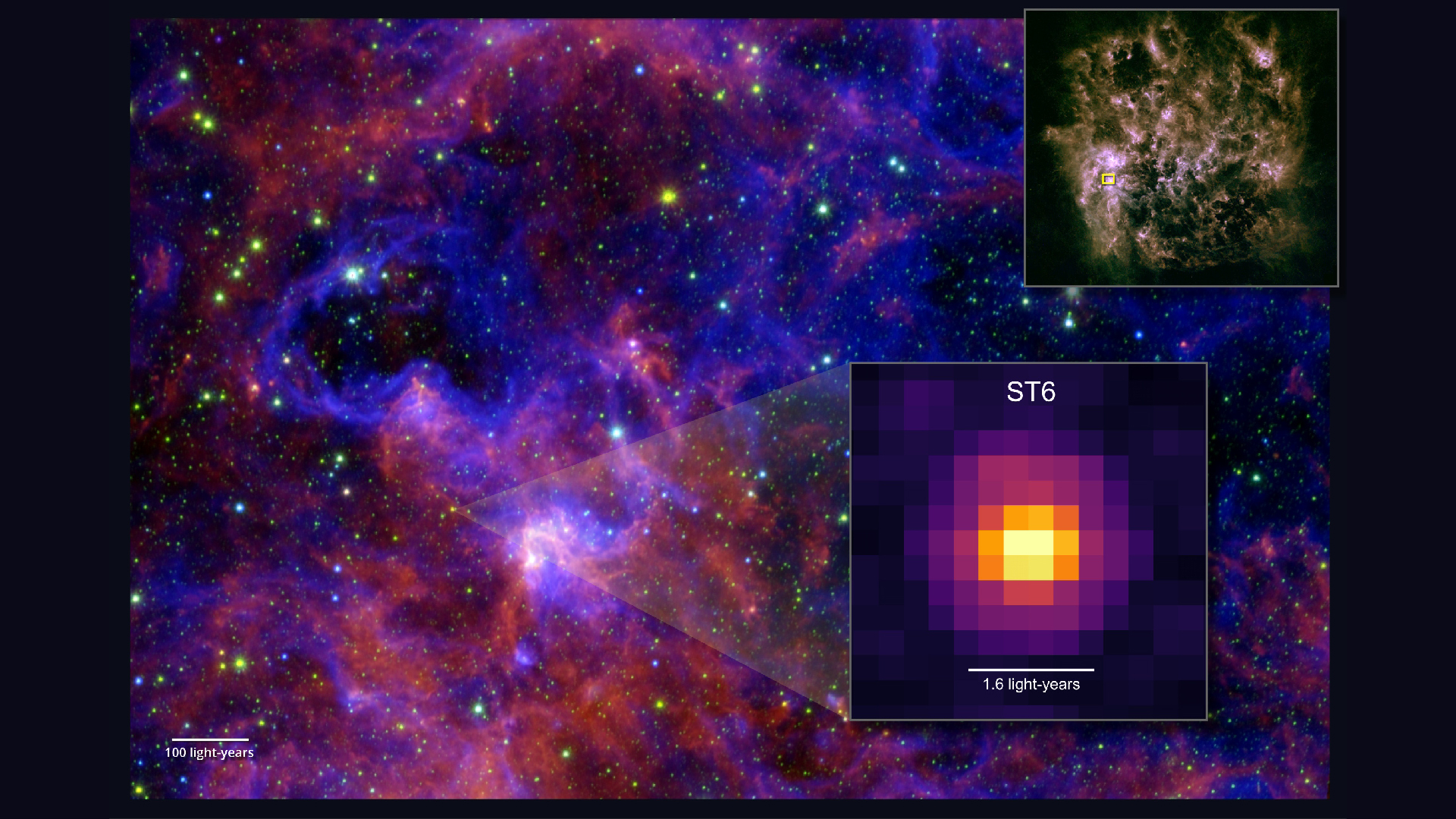New Type of Fat Cell Found

In adults, the calorie-burning "brown fat" that's become a sought-after target in the war on obesity is actually not brown at all, but beige, according to new research.
"We've identified a third type of fat cell," study researcher Bruce Spiegelman of Harvard Medical School said in a statement. "There's white, brown and now there is this third type that is present in most or all human beings."
Brown fat is a type of fat tissue that burns calories to generate heat. Finding safe ways to increase brown fat's activity might be one way to fight obesity, experts have said.
Previously, scientists thought brown fat only existed in babies and children. That is until 2009, when researchers showed it is metabolically active in adults — brown fat was found in between 3 percent and 7.5 percent of adults, with higher rates among women. Brown fat increases until puberty and then declines, scientists say.
Spiegelman's team found, in previous work, that the energy-burning brown fat in adults wasn't your garden variety. While babies' brown fat is formed from muscle, the adult type arises from the "browning" of white fat, the researchers said.
In the new study, detailed today (July 12) in the journal Cell, Spiegelman and his colleagues cloned beige fat cells taken from the fat tissues of mice in order to study their genetics. They were particularly interested in genes that were active, or expressed, within beige fat cells.
The results revealed that beige cells are, genetically, somewhere in between white and brown fat. Similar to white fat, beige fat cells have low levels of a protein called UCP1 (uncoupling protein 1), which lurks inside mitochondria — the cells' energy-making structures. UCP1 is known to be a key ingredient in cells for burning energy and generating heat.
Get the world’s most fascinating discoveries delivered straight to your inbox.
Like brown fat, however, these cloned cells showed they could ramp up levels of UCP1, which activates energy burning. Moreover, the researchers found that a hormone called irisin could turn on this energy-burning system; irisin is released from muscles when you exercise.
As such, if irisin could increase these energy-burning fat cells, it may be a target for treating obesity, the researchers said.
Other studies have also suggested ways of promoting these calorie-burning cells. For instance, research reported in 2010 found that a protein called BMP-7 could turn white fat and muscle tissue removed from mice into energy-burning brown fat. Even lifestyle changes, such as being in an enriched environment full of activities, could turn bad fat into the good kind.
Follow LiveScience on Twitter @livescience. We're also on Facebook & Google+.
Jeanna Bryner is managing editor of Scientific American. Previously she was editor in chief of Live Science and, prior to that, an editor at Scholastic's Science World magazine. Bryner has an English degree from Salisbury University, a master's degree in biogeochemistry and environmental sciences from the University of Maryland and a graduate science journalism degree from New York University. She has worked as a biologist in Florida, where she monitored wetlands and did field surveys for endangered species, including the gorgeous Florida Scrub Jay. She also received an ocean sciences journalism fellowship from the Woods Hole Oceanographic Institution. She is a firm believer that science is for everyone and that just about everything can be viewed through the lens of science.
